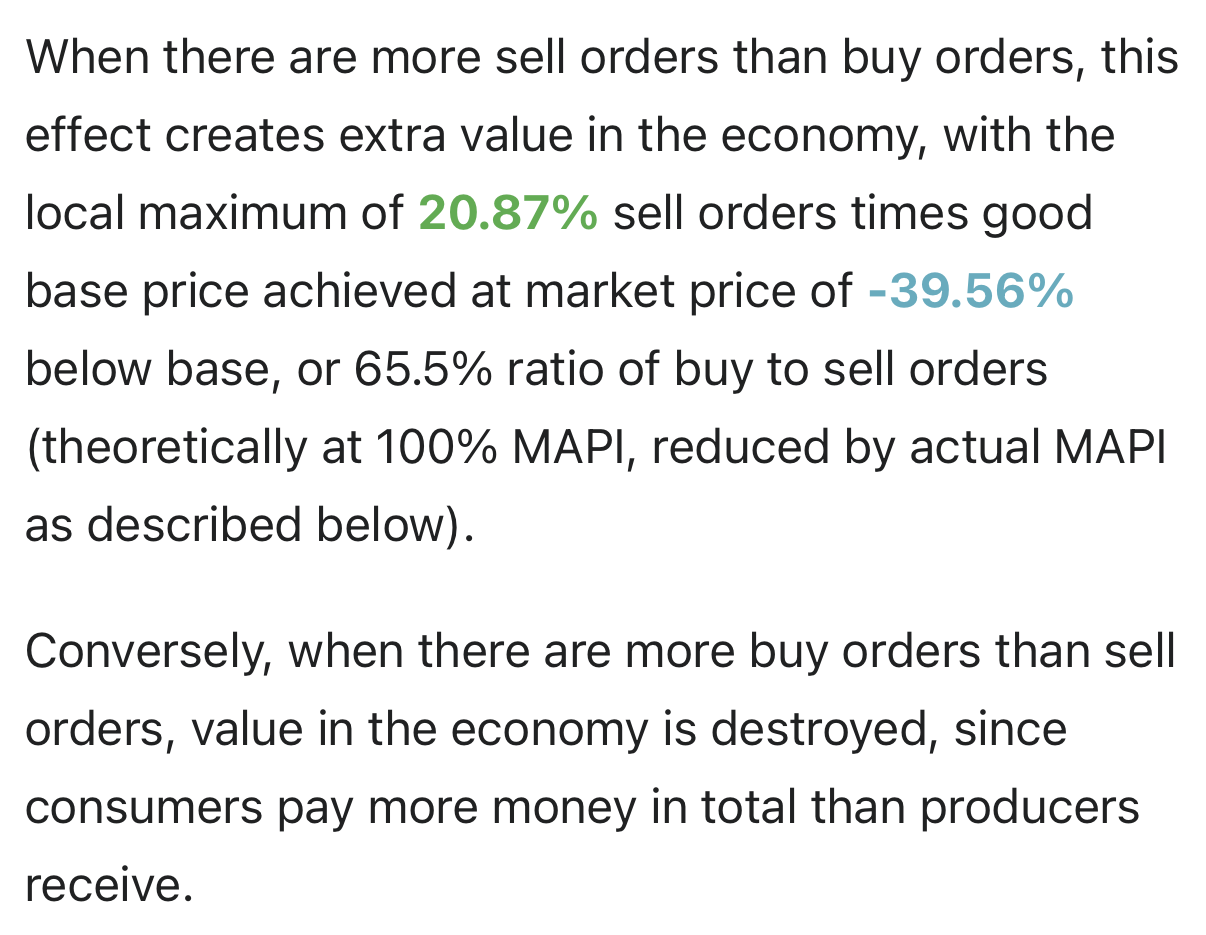Well let’s look at Latin America as an example. Say you are playing as Gran Columbia. You don’t have the population or the technological head start to compete with the western great powers. So you have two options: option A- go all in on a single good that northern countries can’t produce (plantations). Dedicate the majority of your workforce to said good + select plantations companies so as to achieve the throughput necessary to compete against European competition. Export all of your surplus provide most of the world with luxury plantation goods. Get rich, but have extreme inequality and be extremely vulnerable to price shocksI think smaller countries should have some ability to scale in a very niche way. So an ideal system is that there is sufficient technology and innovation system such that small countries can choose to scale one companies technology type far down a PM tree & pair it with sufficient capital to make it competitive. Especially if it can pair that with a good export trade route.
Option B- high import tarrifs to keep European competition out. Be overall poorer but allow at least a portion of domestic industry to develop.
Both of these options have a historical basis and it’s this kind of macro economic choice that I want to see in Victoria 3 (instead of pure autarchy every time)
- 8























